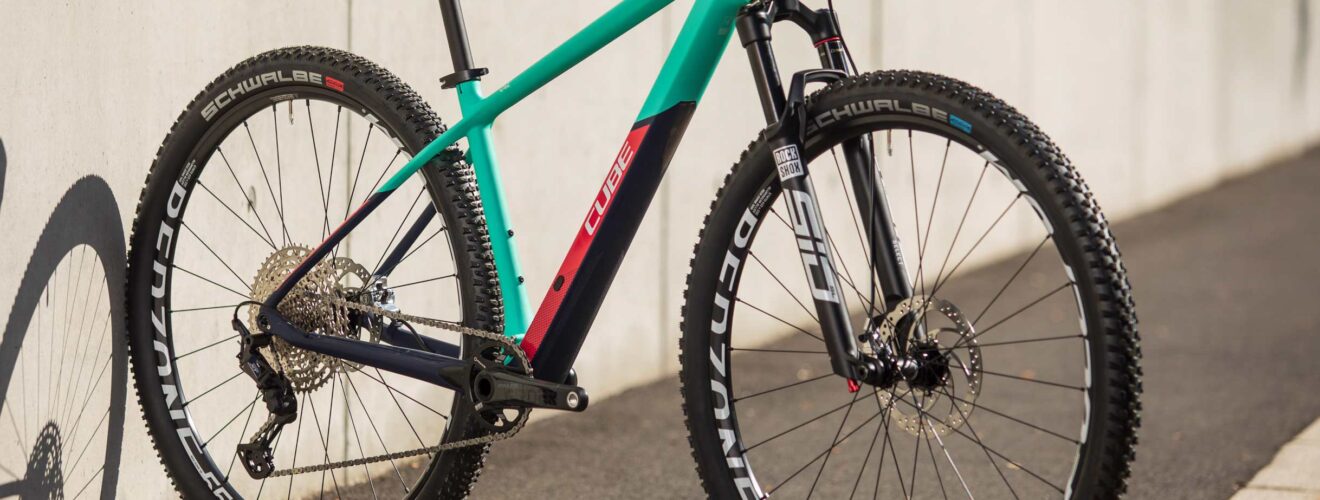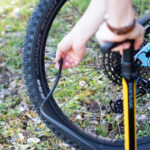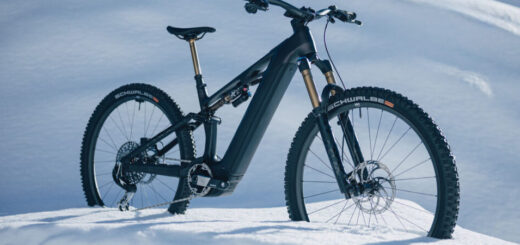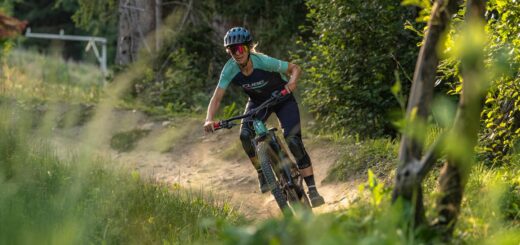Which MTB wheel size is the right one?

There are 26, 27.5 or 29 inch wheels – but which one is right for me? The classic is the 26 inch. Many swear by its manoeuvrability and stability. But in the meantime, 29 inch wheels have become the norm. They have better rollover behaviour and reach higher speeds.
26 inch – The classic
Robust, manoeuvrable and stable – these are the characteristics of the classic. Nevertheless, 26 inch wheels are almost obsolete. They are still popular as a gravity bike for downhill, freeride, slopestyle, 4cross, dirt jump or street riding! They are used by children and young people because of their suitable size.
The 27.5 inch wheel
The best of both worlds. The stability of a 26 inch wheel and the speed advantage of a larger wheel. On complicated trails, a smaller wheel makes you a bit more manoeuvrable, stable and gives you more control. They are often used on enduro and downhill bikes and are also particularly suitable for young people, as the proportions between frame and wheel are perfectly matched.
29 inch wheels – balanced and nimble
Speed and rollover behaviour are top priorities for 29er bikes, and they are now standard in cross-country or marathon racing. Due to the ever-improving development of the individual bike components, they are also becoming more and more agile and nimble.Even if some riders feel safer with smaller wheels, the 29er is becoming more and more popular. For tall people, the ratio between body size and frame is simply right and due to its universal applicability, the 29er wheel can be used just as well for a fast lap over dirt roads as for a cross-country race.
Mullet bikes (27.5 and 29 inch combined)
A 29er front wheel gives you the stability and rollover you want from a bigger wheel, and the smaller 27.5 rear wheel is lighter and lets you shift your weight to the rear for more agile and flexible cornering.



















Recent Comments